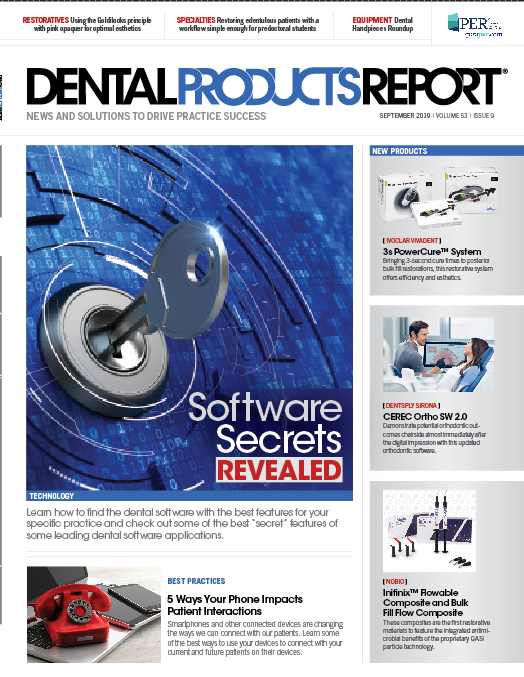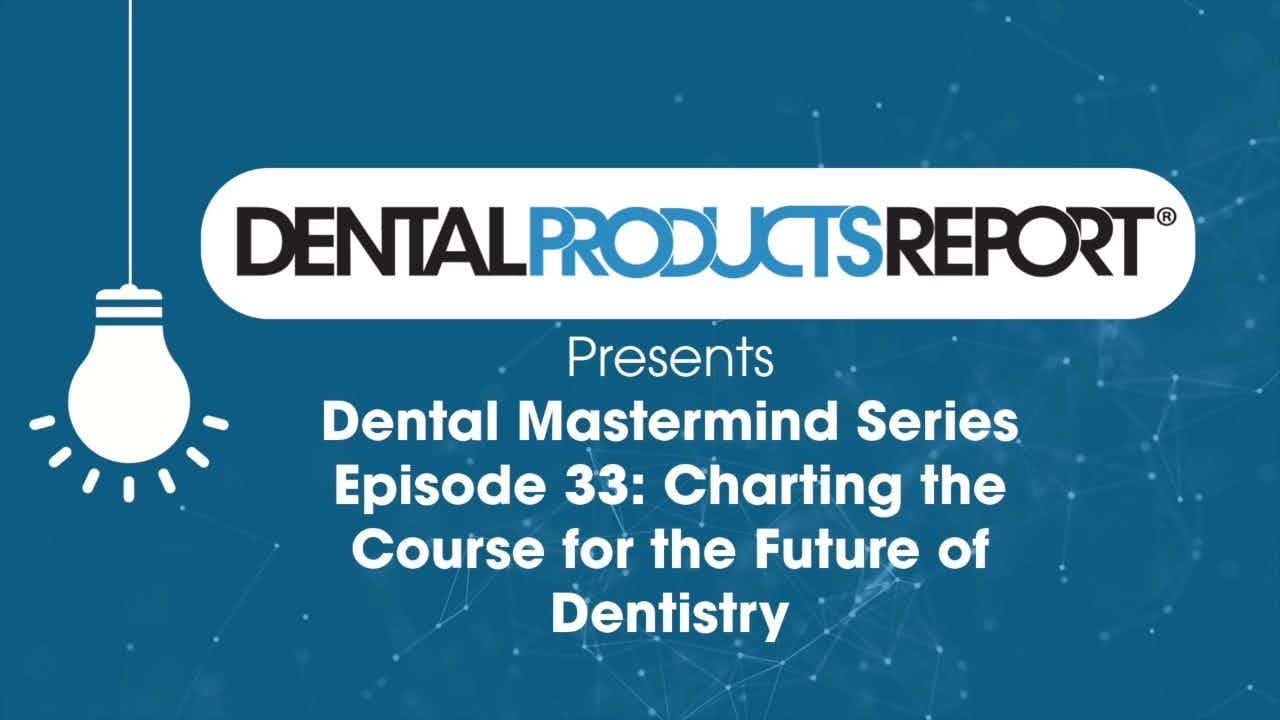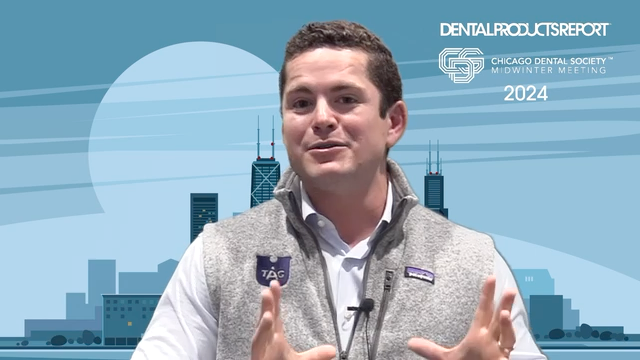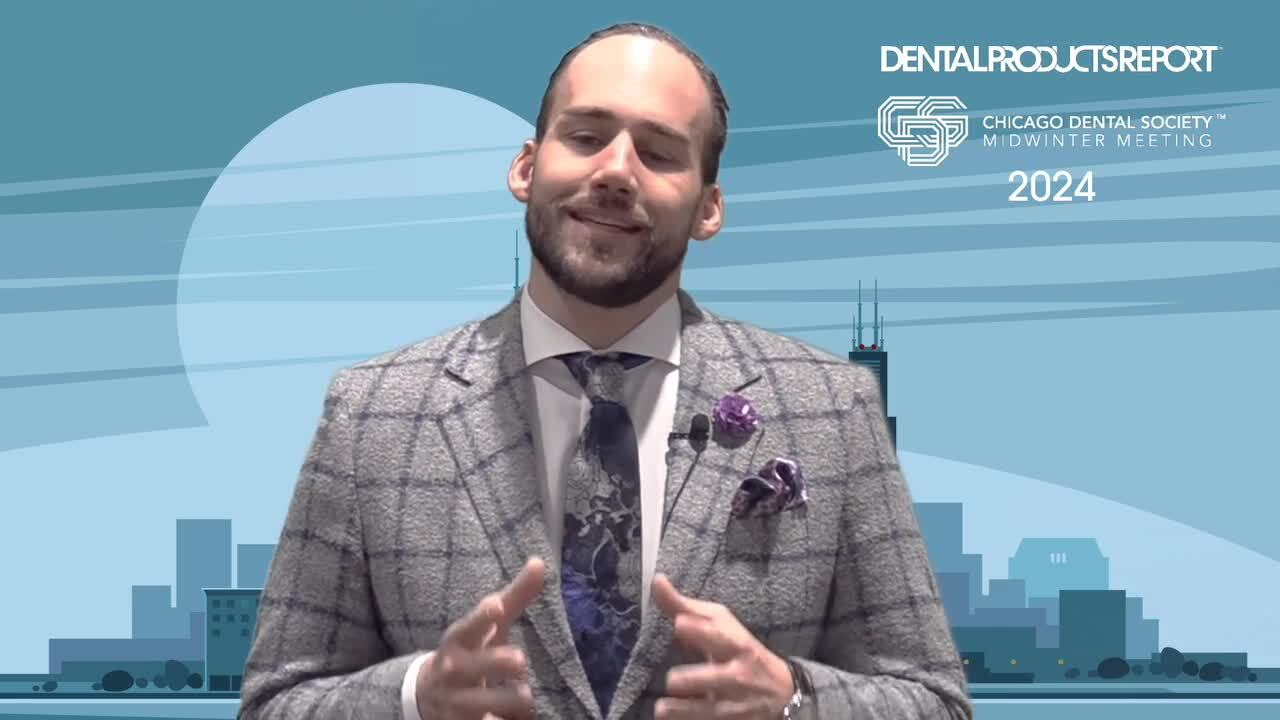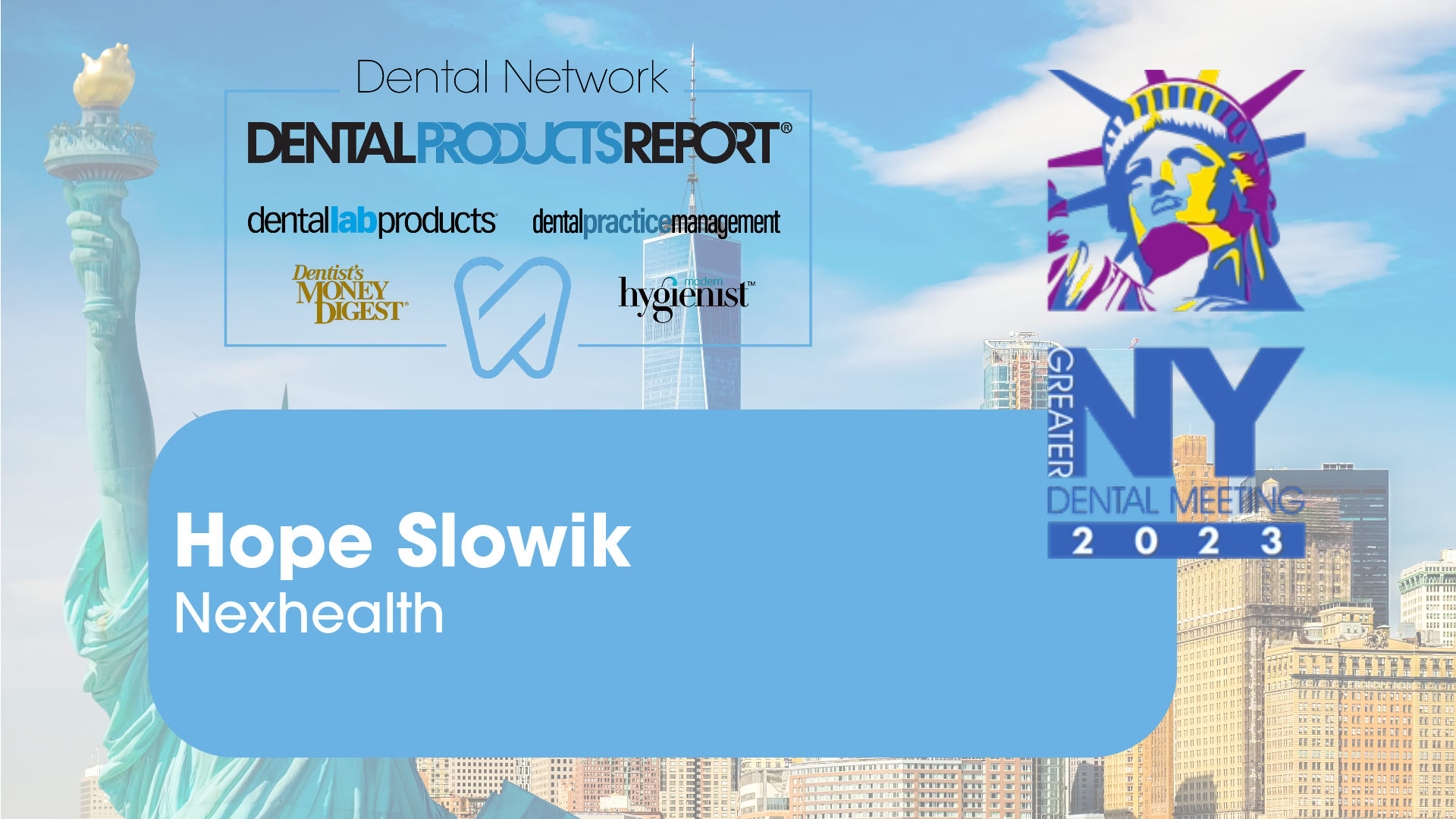5 ways your phone impacts patient interaction
When it comes to patient interaction, patient expectations are changing.
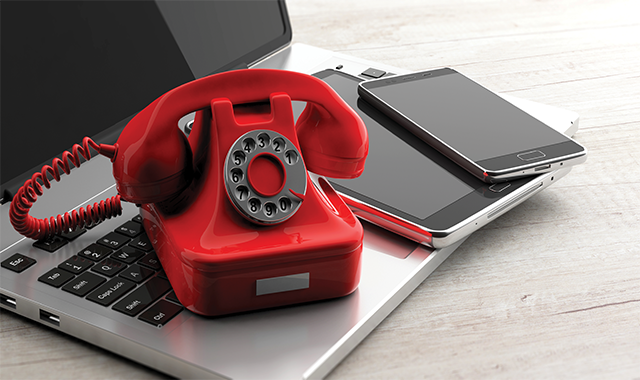
Mobile phones have changed our lives from the way we navigate through city streets to how we shop to where we get our information. Communication itself has changed because of mobile phones. What’s more, patients expect you to communicate with them via their preferred methods.
Micah Dickerson, vice president of product for Lighthouse 360 says it is essential to reach patients how they want. Whether through email, text, phone or even mail, Dickerson says meeting (or even better, exceeding) patient expectations and showing their preferences and convenience is a concern of the practice is vital to the patient experience.
When you use terms such as automation concerning patient interaction, some practices have concerns it will take away from the personal relationship. Dickerson says while he understands that concern, the opposite is usually the case.
Related reading: Improving patient communication with VoIP
“Using patient communication software can actually help practices provide a more personal touch in two ways,” Dickerson says. “First, it automates their most repetitive daily tasks, so staff have more time to devote to the patients in front of them. But, it also enables practices to respond more quickly to patient requests, lets them easily text back and forth with patients, and even automatically sends messages like birthday greetings that help strengthen patient loyalty.”

From a practice standpoint, Madi Bullock, PR and content manager for Weave, sees the features of patient interaction software helping practices to pay attention to all the touchpoints of a patient’s journey. It not only helps them to see what the patients like, but it also allows the practice to be aware of where it needs to adjust.
For example, if your patients don’t like calls after work hours, you can find a different time to call, email or text. Perhaps patients get annoyed when they have to leave a voicemail. Bullock advises sending a text to them, a “Sorry, I missed your call” message so they can text back their request.
“You need to understand as a practice how your patients communicate and what their preference is in those interactions,” Bullock says.
Jennifer Gibbs, client experience manager for XLDent, says from a patient’s point of view, convenience is crucial. With many demands on people’s time, Gibbs says patients want a way to get things done, including at times outside of practice hours, and will seek out practices that offer this type of service and relationship.
“Dental practices are just now starting to understand availability of care and, more importantly, communication outside of the clinic is something patients value,” Gibbs says. “Even if they don’t come out and say so, it’s something we’re seeing patients value more and more.”
Related reading: Digitalize yor practice in a way that works for you
John Flucke, DDS, technology editor for Dental Products Report, says patients want to feel like their practice cares about them. Using technology to enhance the relationship with patients is vital to his practice philosophy.
“Patients want to feel special; they want to feel like they have a relationship with the practice. So, one of the things Voice over Internet Protocol (VoIP) has done is nobody who calls my office ever gets a busy signal,” Dr. Flucke says of his Weave VoIP system.
Continue reading on page two....
5 ways our experts say your phone changes patient interaction
Meeting patient expectations for communication is essential to the patient experience. However, the practice benefits in many ways, too. Here are the five ways our experts say your phone changes patient interaction from the practice’s perspective.
1. It provides the level of immediacy patients expect.
With the speed of communication increased across many interactions, patients become accustomed to that level of efficiency in all their interactions, including the one with their dentist office. Dickerson thinks by operating on that level of communication with patients, you remain relevant while allowing the practice to focus on other parts of the patient experience.
Trending: Futureproofing your digital investment
‘Whether someone is confirming an appointment, texting the front desk to say they’re running late, or even registering as a new patient, when those interactions are right on their phone, it becomes fast and easy. We’ve even heard the word ‘fun!’” Dickerson says. “Plus, it eliminates the need for the practice to make phone calls, fill out forms long-hand, etc., saving tons of time, so they can apply the personal touch where it matters most.”
Dickerson offers the following advice for practices about modern communications methods. First, he says you should keep the patient experience front of mind and not allow your biases to influence it.
“Don’t assume the way you prefer to communicate is what everybody prefers,” Dickerson says.
Second, Dickerson advises practices to stay abreast of new developments in the patient interaction space because it changes quickly. For example, a new Lighthouse 360 feature called “Fill-in” detects last-minute cancellations and helps find patients to take the spot.
“I always recommend calling your software’s support team every year to make sure you’re up to date,” Dickerson says.
2. It improves your receivables.
While dentists are healthcare providers, they’re also small business owners. Improving receivables is a vital part of business success.
Practices usually call patients about outstanding balances or past due receivables. However, Bullock says patients prefer to receive texts for payment requests. Texting the balance reminder replaces the awkward conversation with the front office.
Related reading: Connecting with patients made easy and efficient
Weave offers the Text-to-Pay feature for free to its customers. The collection text gives the amount due and a link to pay right in the text, no phone call to the office required. Weave shows patients pay 70 percent of all request made from Text-to-Pay the same day.
“We know through data from our internal team traditional invoices cost between $12 and $30 per invoice, taking into account payroll, stamps, envelopes, ink, paper and all of that,” Bullock says. “When you can eliminate the cost and time of that by sending a quick text to someone-let alone knowing they’re probably going to pay it within a day or two-it’s incredible.”
Continue to page three .....
Bullock says the texting collection mitigated the pain point and made it nonconfrontational. People are more responsive to a text asking them for their payment because they don’t have to explain to anyone why they haven’t paid yet.
“They can pay their bill and get on their way,” Bullock says. “So, it gets rid of the pain points so that their actual interactions with your practice are positive.”
Mobile payments must be both HIPAA- and payment card industry- (PCI) compliant. (PCI compliance policy details how businesses protect cardholder data.) Bullock thinks we will see more and more payments handled via the mobile device moving forward, especially as software developers prove to be effective at privacy and security.
Related reading: Provide excellent customer service with the help of these 10 words
3. It streamlines routine communication.
Most practices participate in everyday patient interactions, usually around things such as appointment reminders. However, phone calls take time and resources that could be applied differently if you used a substitute system.
Dr. Flucke appreciates how texting appointment reminders can streamline routine conversations without offending patients. It’s all about quick and easy communication, Dr. Flucke says, and nobody feels insulted by a to-the-point appointment reminder via text.
“Being able to do that in a HIPAA-compliant manner is great,” Dr. Flucke says. “And, if you can get it automated, even better, because you’re not paying staff to sit on the phone and make all those calls.”
“We find that practices want to spend more time providing great care and great in-office experiences, so any tool that can free them up to keep their focus there is key,” Dickerson says. “Using automation for the most repetitive types of patient communication can take a lot of manual work off their plate so they can spend their time where it’s most valuable-patient interaction and care.”
Trending: Stop making your patients' lives harder
Bullock agrees that personalizing the patient relationship is enhanced by automation. Texting makes your relationship more personal because it’s how the patient usually communicates.
“You need to talk with patients the way that they talk in their everyday lives,” Bullock says. “Postcards are still very effective for getting new clients, but with existing clients, you can text them to remind them of an appointment coming up and talk with them the way they talk with everyone else in their everyday lives. You find a lot more engagement that way.”
4. It allows you and your team flexibility for your clinical hours.
Dental practices have traditionally handled most patient interaction within clinical walls and office hours. However, society has taken on a 24/7 expectation that’s not always congruous with this mindset.
Gibbs says switching to a cloud-based phone solution transforms the clinical environment to be far more mobile. The cloud-based phone solution accesses the practice management software and can serve as a hub for ingoing and outgoing calls for patient interaction.
Continued on page four.....
“So, for example, if I have the staff person or doctor that’s working outside of the practice today, we can still have that open line of communication between patient and providers through a cell phone,” Gibbs explains. “All of that is connected then to that cloud-based phone system within the practice.”
The cloud-based phone system also enables more integration with the other features of the practice management software. From retrieving patient records for incoming calls to one-click calling directly from the patient records, the system is designed to increase efficiency for the dental team.
XLDent is also a certified partner of Lighthouse 360, giving their practices access to all those automated patient communication features such as an appointment and outstanding treatment reminders. Gibbs thinks the lines of communication between doctors and patients are more open than they have ever been before.
Gibbs says many dentists have concerns about always having to “be on.” However, XLDent’s cloud-based phone system feature allows clinicians to blur those lines without disturbing the balance between work and life.
“Maybe there is a follow up that needs to happen between a doctor and patient,” Gibbs explains. “That can be done with a cell phone outside of the office while using the office phone number, so there’s not a personal cell phone number involved but still facilitating that connection with patients outside of the office.”
Trending: Dental EHRs provide DSOs and groups with improved patient care
5. It improves your patient care follow-up.
Dr. Flucke is a firm believer in the saying, “People don’t care how much you know, but they know how much you care.” As a healthcare provider, he believes he needs to connect with patients to let them know he appreciates them and cares about their well-being.
He had a minor diagnostic procedure in a local hospital that reminded him how important the personal touch is. The procedure was on a Friday. On Monday, he received a card from the hospital signed by every person who was part of his procedure from reception to technicians to the doctors and nurses.
“The stats say we see a dentist about six times more often than we see a physician in America. So, people have a relationship with us, and they feel like they know us better, but if we don’t provide at least as good a soft-touch aspect of our services as those hospitals do, I think people will wonder, ‘Am I valuable to them?’” Dr. Flucke says.
Dr. Flucke thinks letting people know people at the office care about them is crucial. He uses his Weave VoIP system to automate greetings and follow-up for his patients. It also helps him to form relationships, like new patient follow-ups, which he implemented this summer.
“I send them a text message that says, “Hey, it’s Dr. Flucke. It was great to meet you today. Glad you have the trust in us to let us be your dental office. We look forward to seeing you in the future,’’ Dr. Flucke says. “That way, they know we care.”
Related reading: One simple way to build patient loyatly
What do our experts see coming in the future?
Bullock sees more competitive advantages for small business as they take advantage of analytics to make adjustments to the patient journey. She thinks dental practices and other small businesses will make an impact by becoming more ingrained in the world in which their patient lives.
“It all comes full circle because these are individuals that are living in the here and now. They’re dealing with technology all the time. That only makes sense a dental office would be up to date on everything and if not up to date, even edgier than what’s available to most practices,” Bullock says.
Gibbs believes the integration of the phone and practice management software can take the future of patient interaction in many directions.
Some key improvements she predicts are more interactive functions between reports and patient records, increasing efficiency for emails and text interactions and optimizing functionality for maximum productivity when doing routine daily tasks. She also believes the sky is the limit regarding the mobile nature of practice management.
“Whether it’s an office manager, an insurance coordinator, or a treatment coordinator, they will be able to work remotely and use some of those services and tools remotely,” Gibbs says.
Dr. Flucke says the high-touch functionality is only going to get better moving forward as far as streamlining and automating patient communication. He envisions the ability to categorize the automated responses based on treatments or procedure types so you can touch base with them digitally.
“Some program is going to run through your schedule, analyze the procedures and come back with, ‘Here are the people you need to get in contact with,’ and that will be part of your daily to-do list,” Dr. Flucke says.
Dickerson says as technology evolves, the software companies will keep looking for more effective ways to reach patients where they are. Moreover, he foresees a more collaborative environment across companies for the dental tech space moving forward.
“For a long time now, the dental tech space has been fragmented. However, lately, there have been a lot of positive changes where companies are coming together to offer more complete solutions and more complementary solutions that holistically serve the practice,” Dickerson says. “Technology is only going to get better and better-and dental practices who embrace it are going to continue to thrive.”
